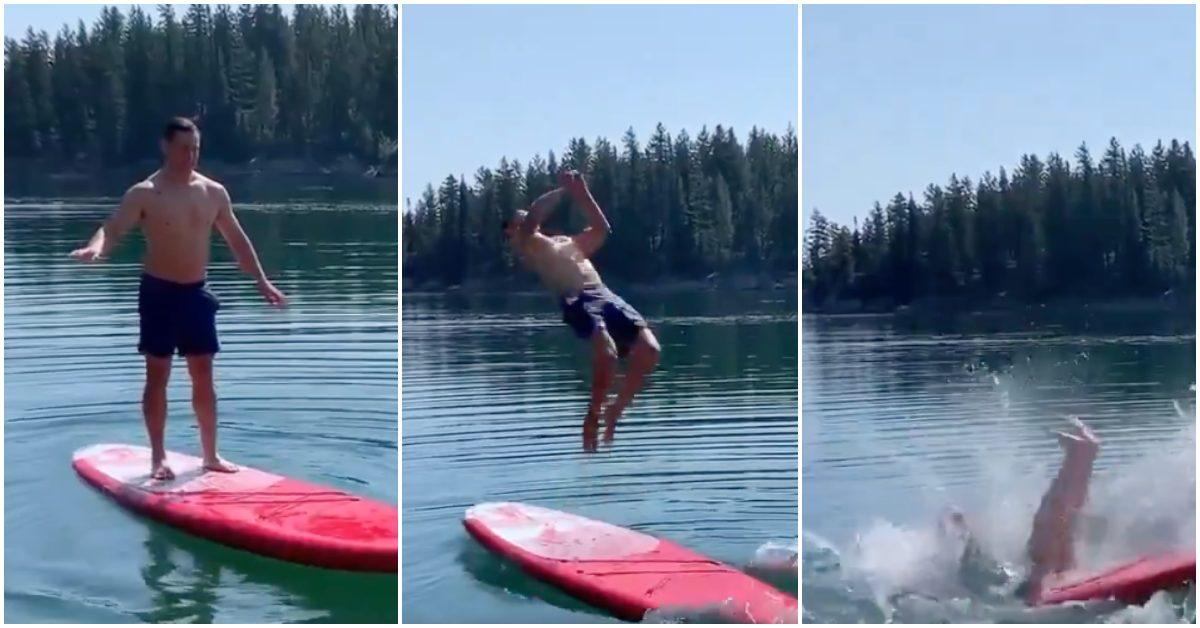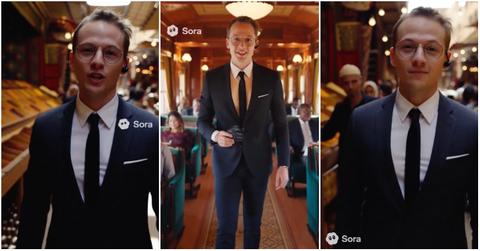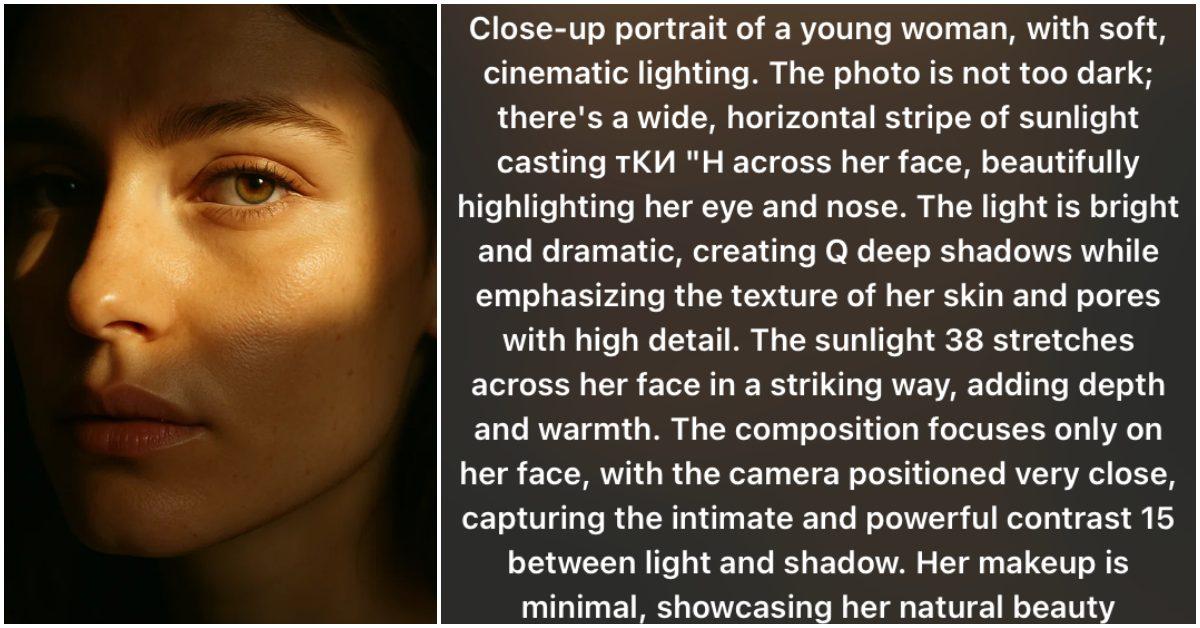Some Sora Videos Are Scarily Realistic, but Are All of Them AI-Generated?
"AI is terrifying."
Published Oct. 20 2025, 9:19 a.m. ET
Whether you’re super active on social media or not, chances are you’ve come across at least one video made with software called Sora. And there’s also a good chance you couldn’t quite tell if it was real or AI-generated. That’s because some Sora videos look wildly unrealistic, while others could pass for clips straight out of a National Geographic documentary.
And then there are the ones that blur the line completely, like that one viral video of Michael Jackson stealing someone’s KFC crispy chicken tenders right out of their hands. Obviously, it’s not the real Michael, but the restaurant and parking lot in the background look convincing enough to make you question if what you’re looking at is, in fact, real. So, are Sora videos actually AI-generated? We’re here to clear that up so you can finally stop second-guessing yourself.
Are all Sora videos AI?

An AI-generated video made by Sora.
Sora videos are all AI-generated, and Sora itself is the AI video generation tool created by OpenAI, the same company behind the chatbot ChatGPT. Everything in the video, from the visuals to the environment, is created using artificial intelligence.
While you can upload real photos for inspiration, the final output itself is fully AI-generated. You can usually tell when a video was made with Sora by looking for its watermark, which consists of a small cloud with eyes and the word “Sora” next to it.
Now, you might be wondering how some of these Sora clips look so real, and it all comes down to what’s under the hood. It can be a bit confusing to understand how Sora creates such lifelike people and settings, so Jim Fan, OpenAI’s first intern and now NVIDIA’s Director of Robotics & Distinguished Scientist, tried to explain it on X (formerly Twitter).
According to Jim, “Sora is a data-driven physics engine. It is a simulation of many worlds, real or fantastical. The simulator learns intricate rendering, ‘intuitive’ physics, long-horizon reasoning, and semantic grounding, all by some denoising and gradient maths.”
While half of that might not make much sense to most of us, what sticks out are the words “real” and “fantastical.” And that’s exactly what many of these videos look like — real and fantasy blended into one.
It’s also worth pointing out that there are now two versions of Sora, Version 1 and Version 2, with Version 2 being “more physically accurate, realistic, and more controllable than prior systems,” according to OpenAI’s website. And perhaps that’s why so many people can’t tell if what they’re seeing is real or AI-generated.
Like that viral video of Jake Paul applying makeup. It’s a perfect example of just how talented Sora is because Jake Paul actually looks like Jake Paul in the clip. It’s scary, but technology has come a long way. And with so much of our lives now online, it’s not entirely surprising that these programs can scan renderings of real and fake people and places and use them to create Sora videos that look so darn real. But they aren’t.
Here's how you can make a Sora AI video.
To create an AI video using Sora, you’ll need to have a ChatGPT account or create a free one. While you can browse the first version, Sora 1, with a free account, usage is very limited, and you probably won’t be able to create a video without at least a minimum-tier paid subscription.
Once you’re in Sora, all you have to do is feed the software a prompt in the box at the bottom of the screen that says “Describe your video.” Here, you can set the aspect ratio, resolution, duration, and the number of variations (one, two, or four videos). Here’s one example of a sample prompt someone used to create a short clip of a woman’s face that honestly looks more realistic than AI should.
As of this writing, Sora 2 isn’t open to the public just yet. If you want to try it out, you’ll need to join the waitlist on OpenAI’s website and then download the official Sora by OpenAI app. You might be able to access it sooner if you receive an invite code to test it or manage to snag one shared on platforms like the OpenAI Discord, though those tend to get claimed fast.

